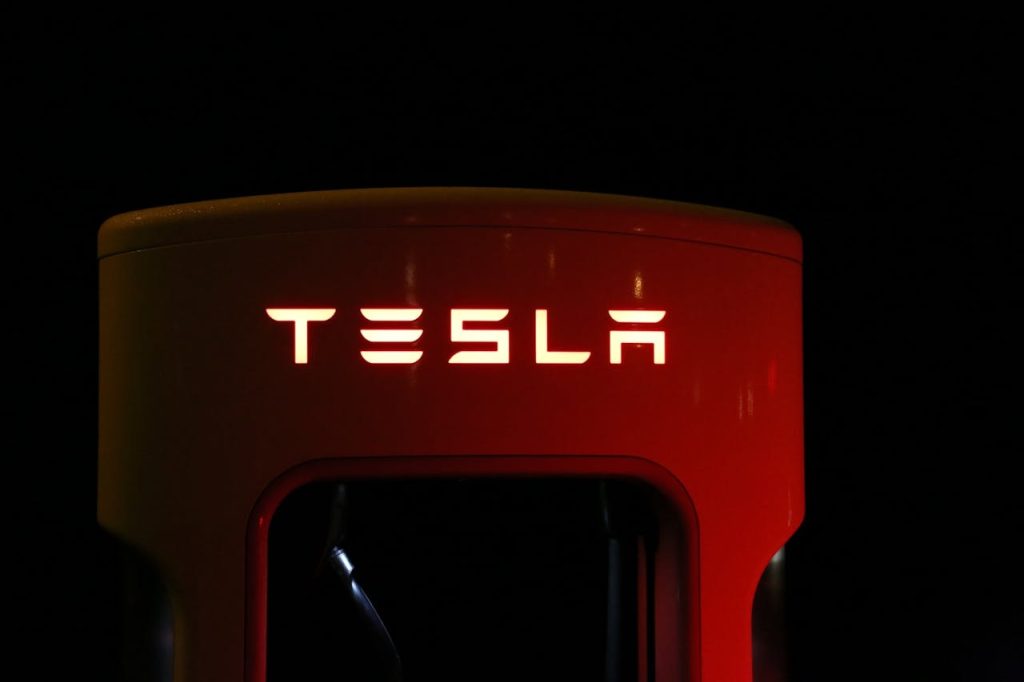On Wednesday, Tesla stock rose for a third day in a row, extending its weekly gain to 23% and nearly erasing its 2024 losses. Tesla started the run after beating analysts’ estimates on Tuesday with its second-quarter vehicle production and delivery figures.
Since its April 2024 low, the stock has rallied more than 70%, and is almost certain to erase its full-year losses. After closing 2023 at $248.48, Tesla shares closed 6.5% higher at $246.39 on Wednesday.
In the second quarter, Tesla delivered a total of 443,956 vehicles, bringing its total production to 410,831 units. Based on consensus forecasts provided by FactSet StreetAccount, analysts had predicted that Tesla’s shipments, the closest estimate of sales disclosed by the company, for the three-month period ending June 30 will reach 439,000.
Tesla does not provide data for specific vehicle models or geographic regions.
Analysts at Citi said in a note on Tuesday that they expected a “favorable share price reaction” following the publication.
“Emphasis will now shift to Tesla’s Q2 auto gross margin to assess price versus cost parity,” he said, emphasizing the importance of any additional business updates regarding upcoming product releases.
Tuesday’s shipment figure follows the company’s announcement of an 8.5 percent drop in April first-quarter shipments to 386,810, marking the first annual decline since 2020.
In June, Tesla’s two Chinese rivals Zeekr and Nio, which are controlled by Geely, claimed record deliveries. When the European Union last month announced a tariff hike of up to 38 percent on Chinese EVs, which it claimed benefited “too much from unfair subsidies,” the electric vehicle sector in the world’s second-largest economy was hit hard. The prospects for growth accelerated. Relief the European Commission said at the time that Tesla, which has a Gigafactory in Shanghai, could “receive individually calculated duty rates at a final stage” in response to a “strong request”.
In an effort to prevent cheap Chinese goods from entering the market, the Joe Biden administration in the United States similarly quadrupled duties on imported Chinese electric vehicles from 25 percent to 100 percent in May.
Tesla and China
Although Tesla does not provide its sales data by area, several experts have speculated that the company’s better-than-expected performance may have been helped by stronger-than-expected sales in China and the US. Tesla cut prices again in April in major regions like China, Europe and the US.
In China and the US, Tesla provided financing for automobile purchases at 0 percent or near zero percent interest rates. It actively promoted its leasing programs in the United States, in which its cars qualified for $7,500 in federal credits.
Chinese automakers reported double-digit sales growth in the second quarter. According to BYD, sales of battery electric cars rose 21 percent to 426,039 in the second quarter.
In the second quarter, Tesla’s sales in China, which includes both domestic sales and exports to Europe and other countries, fell 17 percent compared to the same period last year. The business did not break out its sales in China.
The company’s sales in Europe have been sluggish, falling 36% in May alone, due to reduced EV subsidies and lower demand from fleet operators, who accounted for more than half of Tesla’s sales in the region last year.
Meanwhile, Rivian’s car deliveries in the second quarter ended June 30 exceeded average analyst forecasts by about 9% compared to the same period last year. GM said sales of electric vehicles rose 40 percent in the second quarter compared to the same period last year. Hyundai and Kia also reported sales increases.
Wrap Up
For the first time, Tesla reported lower sales for the second consecutive quarter year-over-year.
According to Musk, the company will increase deliveries in 2024 compared to last year. However, due to the negative perception of EVs, Wall Street mainly expects a decline.
In a sharp departure from its long-term annual growth target of 50 percent, Tesla said in January that it expected “significantly low” growth in deliveries this year and its most recent annual impact was 20 million a year through 2030. has given up its objective of supplying vehicles. The report, which was released in May.
In response to the challenges, Musk has embarked on severe cost-cutting cycles, including major layoffs. He has also backed away from key strategic ambitions, such as the long-awaited, cheaper model, which was expected to cost $25,000 and compete with Chinese rivals.
According to Musk, the business will likely release more affordable “new models” before the end of the year. In a reversal from previous intentions, he said the models would be built on its existing platforms and production lines.
Although Musk has promised to shift Tesla’s focus to self-driving cars, some analysts and investors remain pessimistic that Tesla will be able to achieve that goal anytime soon.
Tesla stock rose 7.7 percent to $226.11 on Tuesday afternoon. Shares are down about 9 percent this year.
Meet Jack Smith your trusted source for cutting-edge insights in the world of technology. With a deep understanding of emerging trends and a knack for translating technical jargon into actionable advice, He empower readers to stay ahead in the fast-paced tech industry. Join him on a journey of discovery as he unravel the mysteries of innovation and explore the limitless potential of tomorrow’s technology.








